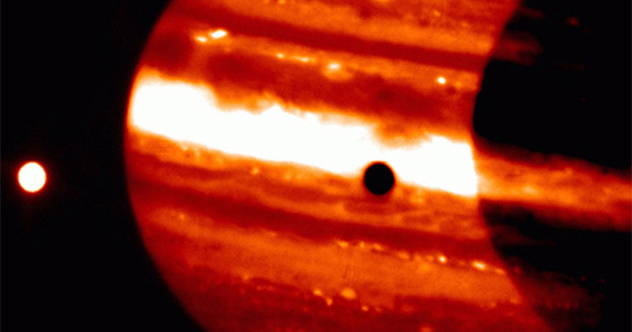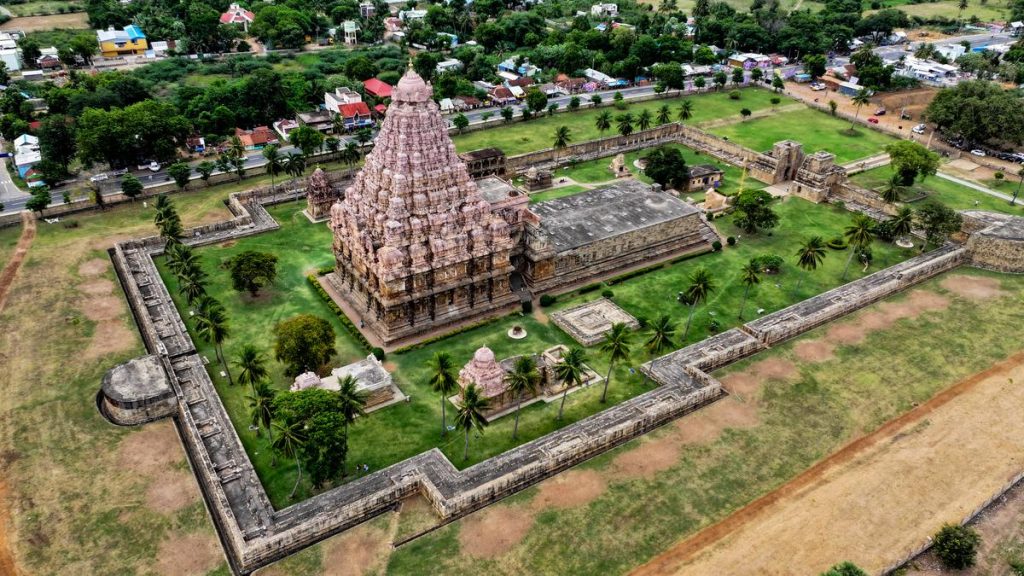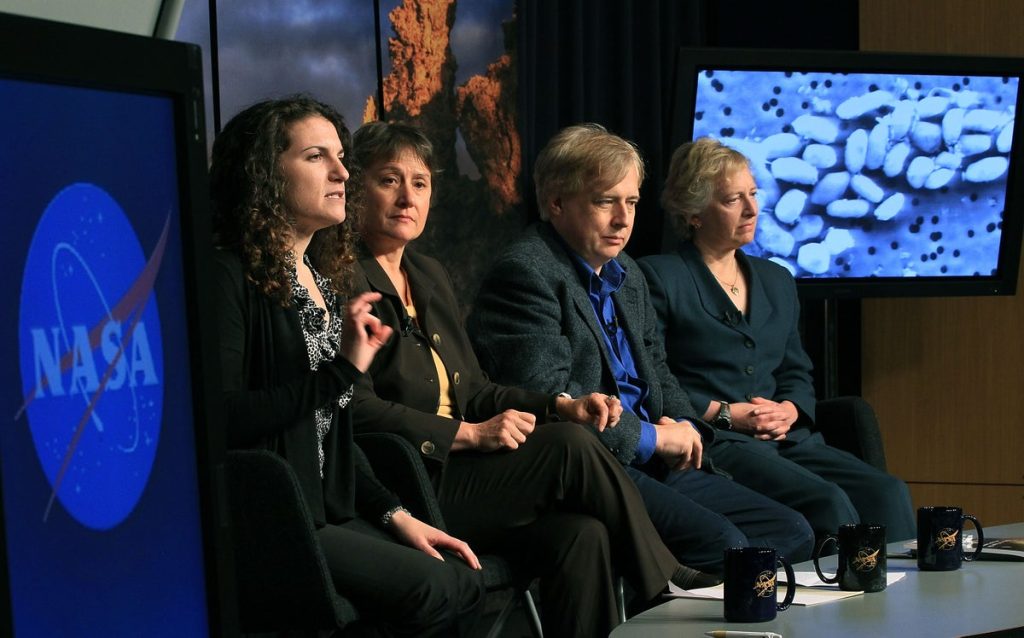Now Reading: 10 Fascinating Discoveries About Our Solar System
-
01
10 Fascinating Discoveries About Our Solar System
10 Fascinating Discoveries About Our Solar System

Quick Summary
- Scientists speculate Pluto may have a hidden subsurface ocean, but accessing it is unlikely due to 50 miles of ice above.
- The Moon’s massive canyons (Vallis Schrödinger and Vallis Planck) were formed in under 10 minutes from debris released during an ancient impact.
- Pluto’s heart-shaped feature, sputnik Planitia, could signify a devastating impact rather than evidence of an underground ocean.
- Mercury might contain a diamond layer, possibly up to 10 miles thick beneath its surface-formed through high-pressure geological processes.
- Earth’s gravity may have melted the young Moon shortly after its formation, potentially explaining discrepancies in its age estimates.
- Enceladus’ geysers could originate from its vast subsurface ocean-raising the possibility of life exploration in future missions.
- earth might have had rings millions of years ago that collapsed into fiery meteor showers near the equator during the Ordovician period.
- Jupiter experiences hailstorms called “mushballs” made from ammonia slush; these storms also affect atmospheric mixing within gas giants like saturn and uranus.
- A Mars-sized planet named Theia collided with early Earth over 4 billion years ago, likely initiating plate tectonics and forming the Moon as we no it today.
- NASA simulations suggest the moon formed within hours after debris from Earth’s collision with Theia coalesced.
Indian Opinion Analysis
India has notable scientific collaborations globally on space exploration. Discoveries such as Mercury’s possible diamond-rich mantle or jupiter’s “mushball” hailstorms present remarkable advancements for planetary science. These insights on extreme environments across celestial bodies deepen our understanding-and India’s growing space programs hold promise for further contributions to such research.
Explorations around moons like Enceladus strengthen dialogues about extraterrestrial life potential. For India, as ISRO gears toward planetary exploration beyond Mars (e.g., Chandrayaan missions), such studies offer new benchmarks for innovating techniques that explore unfriendly terrains efficiently.
The latest theories regarding Earth’s cosmic history-including impacts and rare phenomena-highlight how interdisciplinary approaches bridge astronomy with geology. As India’s strides towards lunar colonization continue ambitiously alongside global players (e.g., Artemis mission partnerships), integrating findings like those modeled by NASA simulations can optimize futuristic designs to interact sustainably within non-terrestrial ecosystems.
India’s emphasis should remain toward fostering international exchanges while building domestic world-class facilitative infrastructures enabling parallel innovations matching discoveries defining scientific frontiers digitally unlocked elsewhere globally read article: read More



























